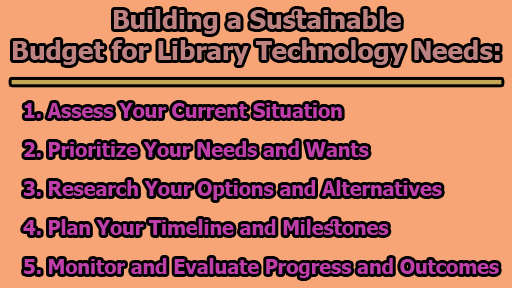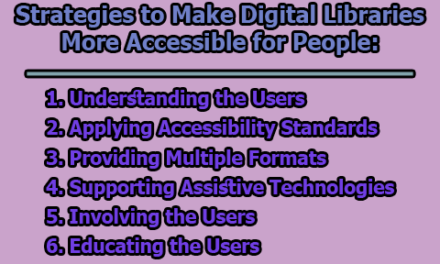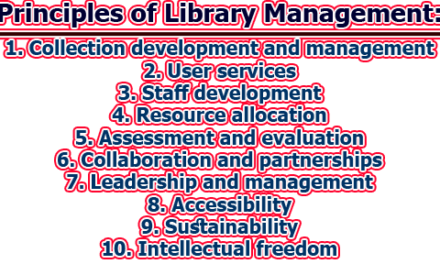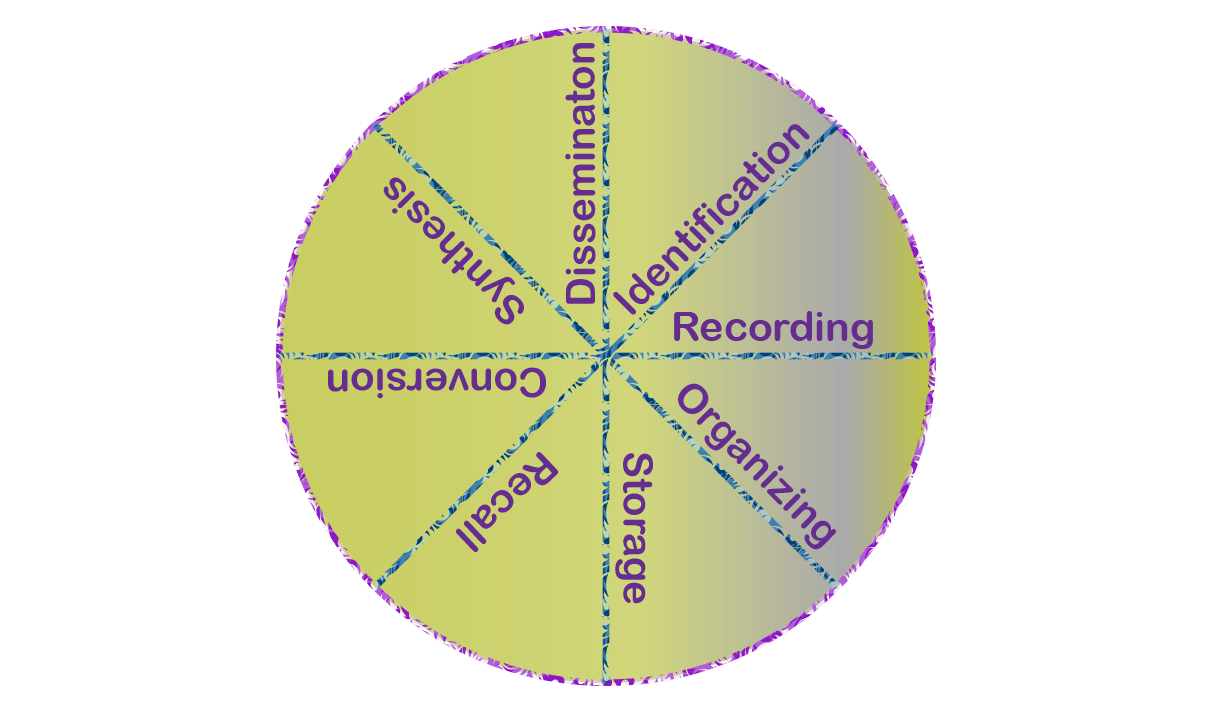Building a Sustainable Budget for Library Technology Needs:
In the digital age, libraries play a crucial role in providing efficient and engaging services to their patrons. However, achieving this objective often necessitates investing in technology, which can strain library budgets. To navigate this challenge successfully, libraries need a well-structured plan for budgeting and allocating resources for their technology needs. In the rest of this article, we will explore building a sustainable budget for library technology needs.
1. Assess Your Current Situation: Before embarking on any budgeting process, it is imperative to evaluate your library’s existing technology inventory, usage, and performance. Conduct a comprehensive audit to answer key questions:
- How old are your computers, software, hardware, and network infrastructure?
- How often do they require maintenance, upgrades, or replacements?
- Do they meet the needs and expectations of your staff and patrons?
- How well do they align with your library’s strategic plan and vision?
This assessment will help you identify the strengths, weaknesses, opportunities, and threats (SWOT) of your current technology situation. It serves as the foundation for informed decision-making.
2. Prioritize Your Needs and Wants: Based on your assessment, you can categorize your technology requirements into “needs” and “wants.” Needs encompass essential items that are vital for maintaining the library’s functionality and security. Wants consist of desirable items that can enhance services and the user experience.
For example, replacing outdated computers and software may be a need, while adding new features or devices might fall under wants. Prioritize these based on their impact, urgency, and feasibility. Create a list of your top priorities and estimate their associated costs and benefits.
3. Research Your Options and Alternatives: With your priority list in hand, it’s time to research potential options and alternatives to meet your technology needs and wants. You may find that various vendors, products, or services offer similar or better solutions at different price points or with varying terms. Additionally, explore the possibility of leveraging grants, donations, partnerships, or collaborations to fund your technology goals.
When comparing and contrasting options and alternatives, consider factors such as quality, compatibility, reliability, and sustainability. Opt for solutions that best align with your library’s needs, budget, and vision.
4. Plan Your Timeline and Milestones: Realistically, libraries may not be able to accomplish all their technology goals at once. Therefore, it’s crucial to break down the budget into manageable and measurable steps. Create a timeline and set milestones for implementing your technology initiatives.
For instance, allocate a specific amount of funds monthly or annually for technology maintenance, upgrades, or replacements. Establish clear dates or targets for launching new technology projects or initiatives. Ensure your timeline and milestones align with your library’s available resources, capacity, and staff availability.
5. Monitor and Evaluate Progress and Outcomes: To ensure the success of your technology budget, ongoing monitoring and evaluation are essential. Track your spending, usage, and performance of technology assets, and compare these with your expectations and goals. Collect feedback from both staff and patrons to gauge their satisfaction and experience with the technology services.
Measure the impact and value of your technology investments on your library’s operations, services, and mission. Regularly monitor and evaluate your progress and outcomes, and be prepared to adjust your budget as needed.
In conclusion, creating a sustainable budget for library technology needs requires careful planning, assessment, prioritization, research, and monitoring. By following these steps, libraries can effectively allocate resources, enhance services, and fulfill their mission in an ever-evolving digital landscape. In doing so, libraries can continue to be valuable community resources that meet the evolving needs of their patrons.

Assistant Teacher at Zinzira Pir Mohammad Pilot School and College










